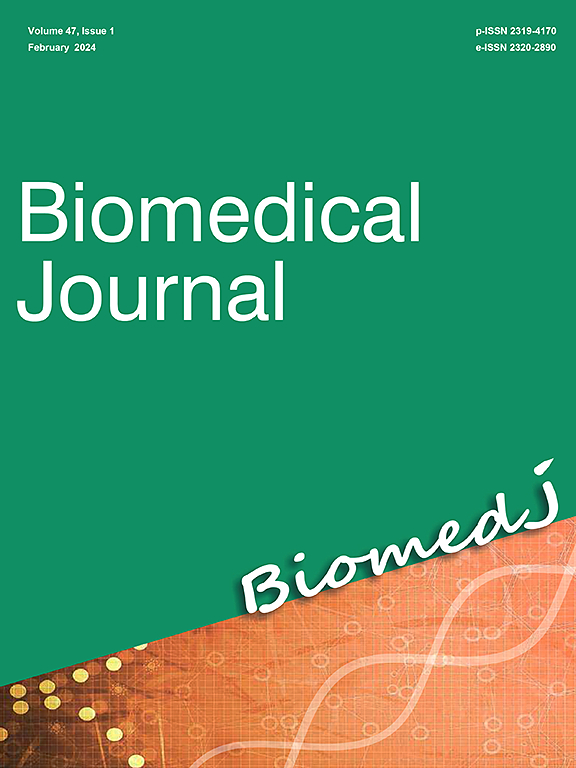好东西总是小包装的:在最小的动物模型中发现了小rna。
IF 4.1
3区 医学
Q2 BIOCHEMISTRY & MOLECULAR BIOLOGY
引用次数: 0
摘要
2024年诺贝尔生理学或医学奖被授予两位开创性的研究人员Victor Ambros和Gary Ruvkun,这是利用秀丽隐杆线虫(C. elegans)进行的研究第四次获得这一享有声望的认可。秀丽隐杆线虫的快速生命周期仅为3.5天,有四个不同的幼虫阶段,是探索复杂遗传机制,特别是异时基因调控的理想模型。Ambros和Ruvkun对线虫中lin-4和lin-14基因的开创性研究表明,lin-4是一种22个核苷酸的小rna,现在被称为microRNA (miRNA),它与lin-14 mRNA的3' UTR互补结合,有效抑制lin-14蛋白的合成。这一发现首次证明了miRNA在转录后基因调控中的作用,这一发现重塑了我们对物种间基因调控的理解。他们对秀丽隐杆线虫小rna的研究不仅开辟了分子生物学的新范式,而且突出了这种模式生物在揭示普遍生物学原理方面的力量。本文章由计算机程序翻译,如有差异,请以英文原文为准。
Good things come in small packages: The discovery of small RNAs in the smallest animal model
The 2024 Nobel Prize in Physiology or Medicine has been awarded to two pioneering researchers, Victor Ambros and Gary Ruvkun, marking the fourth time research using Caenorhabditis elegans (C. elegans) has received this prestigious recognition. With a rapid life cycle of just 3.5 days and four distinct larval stages, C. elegans serves as an ideal model for exploring complex genetic mechanisms, particularly heterochronic gene regulation. Ambros and Ruvkun's groundbreaking work on lin-4 and lin-14 genes in C. elegans revealed that lin-4 functions as a 22-nucleotide small RNA—now known as a microRNA (miRNA)—that binds complementarily to the 3′ UTR of lin-14 mRNA, effectively inhibiting LIN-14 protein synthesis. This discovery was the first demonstration of miRNA in post-transcriptional gene regulation, a finding that has since reshaped our understanding of genetic regulation across species. Their research on small RNAs in C. elegans not only opened a new paradigm in molecular biology but also highlighted the power of this model organism in uncovering universal biological principles.
求助全文
通过发布文献求助,成功后即可免费获取论文全文。
去求助
来源期刊

Biomedical Journal
Medicine-General Medicine
CiteScore
11.60
自引率
1.80%
发文量
128
审稿时长
42 days
期刊介绍:
Biomedical Journal publishes 6 peer-reviewed issues per year in all fields of clinical and biomedical sciences for an internationally diverse authorship. Unlike most open access journals, which are free to readers but not authors, Biomedical Journal does not charge for subscription, submission, processing or publication of manuscripts, nor for color reproduction of photographs.
Clinical studies, accounts of clinical trials, biomarker studies, and characterization of human pathogens are within the scope of the journal, as well as basic studies in model species such as Escherichia coli, Caenorhabditis elegans, Drosophila melanogaster, and Mus musculus revealing the function of molecules, cells, and tissues relevant for human health. However, articles on other species can be published if they contribute to our understanding of basic mechanisms of biology.
A highly-cited international editorial board assures timely publication of manuscripts. Reviews on recent progress in biomedical sciences are commissioned by the editors.
 求助内容:
求助内容: 应助结果提醒方式:
应助结果提醒方式:


